How to Safely Handle Mineral Oil Flammable in Industrial Applications
Table of Contents
- Understanding Mineral Oil: Properties and Hazards in Industrial Use
- Essential Safety Practices for Handling Mineral Oil in the Workplace
- Implementing Efficient Storage Solutions for Mineral Oil Safety
- Emergency Response Plans: Managing Mineral Oil Fires Effectively
- Training Employees on the Risks and Best Practices for Mineral Oil
- Regulatory Compliance: Meeting Safety Standards for Mineral Oil Handling
- FAQS
- Conclusion
- Related Posts
When it comes to the industrial world, handling mineral oil-based flammable substances safely is absolutely crucial. This is especially true in industries that rely on lubricants—think compressors, vacuum pumps, or high-temp chain lubricants. As the demand for these high-performance and efficient lubricants keeps growing, it's more important than ever to understand the fire risks tied to mineral oils.
Did you know? Industry reports suggest that about 30% of workplace accidents involving hazardous materials are actually due to mishandling flammable stuff. That really highlights why strict safety rules are so important.
At the same time, as we develop cutting-edge lubricating tech and keep our quality checks tight in our labs, we also need to stay on top of safety measures. That way, we can reduce risks linked to mineral oil flammables, keep workplaces safe, and make sure our equipment performs at its best—reliable and efficient all around.

Understanding Mineral Oil: Properties and Hazards in Industrial Use
Mineral oil is pretty commonly used in all sorts of industrial stuff because it’s got some really handy qualities—like it's a good lubricant, coolant, and insulator. But, honestly, it’s super important to really understand its properties to handle it safely and avoid accidents. For instance, mineral oil doesn’t mix with water since it’s hydrophobic—so if it spills into a river or interacts with other chemicals, that could turn into a real hazard. Plus, since it has a low flash point, it's flammable, which means we gotta be extra careful about storing and handling it—no open flames or sparks nearby!
But the dangers don’t stop at just fire. Contact with mineral oil can irritate your skin if you’re exposed to it for too long, and inhaling the fumes might cause breathing issues. That’s why wearing proper gear—like gloves and masks—is a must. Also, having clear emergency procedures in place, doing regular training, labeling storage areas properly, and making sure the workplace is well-ventilated are all key steps to keep everyone safe when working with mineral oil.
All in all, just a bit of caution and good practices go a long way in making sure things stay safe and smooth.
Mineral Oil Flammability Risk in Industrial Applications
Essential Safety Practices for Handling Mineral Oil in the Workplace
When you're working with mineral oil in industrial settings, safety really needs to be at the top of your list. One thing that's super important is making sure you store the mineral oil properly. This means using the right containers — ones that are clearly labeled — and keeping them away from any sources of ignition. Also, don’t forget about good ventilation in the areas where you handle the oil; it helps stop flammable vapors from building up. It’s a good idea to regularly check the storage spots for leaks or any signs that something’s wearing out.
Wearing the right protective gear is another big part of staying safe. Workers should have flame-resistant clothing, gloves, and eye protection when they’re working with mineral oil. It’s also helpful to train everyone on the hazards and what to do in an emergency — you’d be surprised how much that can cut down on accidents. And, of course, having spill kits nearby is a must. That way, if something does go wrong, you can deal with leaks or spills quickly and safely. All these safety measures really help build a culture where everyone’s focused on staying safe, and it minimizes the risks that come with handling mineral oil.
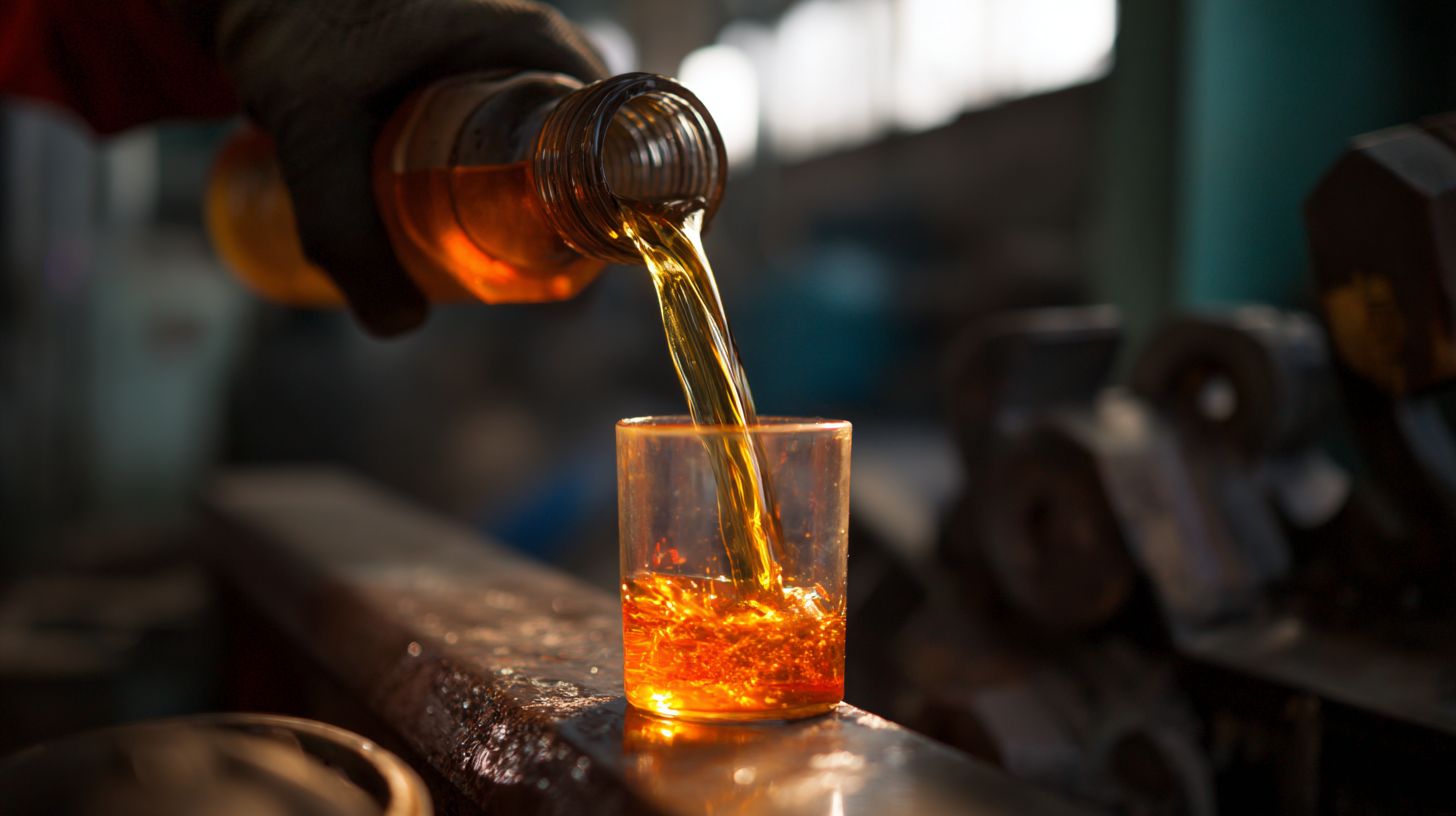
Implementing Efficient Storage Solutions for Mineral Oil Safety
When it comes to storing mineral oil in industrial settings, you really need to put some thought into your setup. A good plan isn’t just about keeping things tidy — it’s about keeping everyone safe and staying within the rules. The key is to design your storage areas thoughtfully so that the risk of fire is kept as low as possible, and managing this hazardous material doesn't become a headache. First off, make sure your storage spots are far away from anything that could ignite a fire — think open flames, electrical gear, or anything that gets hot. It’s a simple step, but it seriously cuts down the chances of an accidental fire happening.
Another thing to keep in mind — always go for containers that are rated properly for mineral oil. Pick ones that resist flames and are spill-proof, sturdy enough to handle the oil without leaking or breaking. It’s also a good idea to check those containers regularly for any signs of wear or leaks, and make sure they’re clearly labeled so everyone knows what’s inside. Keeping a solid inventory system is also a smart move. It helps you keep track of how much oil you’ve got, when it needs to be topped up, and it just makes everything safer overall.
And don’t forget about how you organize the storage space itself. Arrange things so that fire extinguishers and spill cleanup kits are easy to grab quickly if needed. Make sure there are clear pathways to walk through, so if an emergency does happen, everyone can get out fast and smooth. At the end of the day, prioritizing safety in how you store mineral oil isn’t just smart — it could make all the difference in avoiding accidents and keeping your workplace safe.

Emergency Response Plans: Managing Mineral Oil Fires Effectively
When it comes to industrial stuff, handling fires caused by mineral oil is super important because, let’s face it, the stuff is really flammable. You’ve gotta have solid emergency plans in place — stuff like quick evacuation steps, clear roles for the whole safety team, and regular fire drills so everyone knows what to do. It’s not just about having a plan, but actually practicing it, so people get used to reacting fast. Plus, training should highlight how to spot the early signs of a fire hazard and react calmly but quickly, because seconds count.
Now, one thing that can seriously mess with fire safety is when people get complacent or think, 'It won’t happen to us.' That’s why creating a culture where everyone stays alert and aware of their surroundings is key. Things like ongoing education and character-building practice runs—think simulated fire drills—really help folks stay involved and proactive.
When everyone’s tuned in and prepared, not only do fires do less damage, but responding to real emergencies involving mineral oil becomes way more effective. It’s all about staying vigilant and practicing safety, day in and day out.
Training Employees on the Risks and Best Practices for Mineral Oil
In workplaces where mineral oil is a common sight, it’s pretty important to train employees about the dangers involved and the best ways to handle it safely. You know, folks should really understand that mineral oil can be flammable—talk about flashes points and what conditions might spark a fire or explosion. Having regular training sessions, especially with some hands-on demos, can really help drive this point home. It makes it easier for everyone to spot potential hazards before something bad happens.
But it’s not just about knowing the risks; workers also need to be comfortable with the safe handling practices. That means wearing the right PPE, making sure they’re using proper containers when storing or transporting mineral oil, and following the correct steps when cleaning up spills. Incorporating interactive stuff like simulations or role-playing really helps folks remember what to do. And of course, doing refresher courses from time to time keeps safety top of mind, helping create a workplace culture where safety is always front and center.
How to Safely Handle Mineral Oil Flammable in Industrial Applications
| Risk Factor | Impact | Safety Measures | Training Frequency |
|---|---|---|---|
| Spills and Leaks | Fire Hazard, Slips | Use of absorbent materials, Immediate cleanup | Quarterly |
| Static Electricity | Ignition Source | Grounding techniques, Anti-static equipment | Semi-Annually |
| Inadequate Ventilation | Toxic Fumes, Fire Risk | Proper ventilation systems, Regular air quality checks | Monthly |
| Improper Storage | Fire Hazard | Store in flammable cabinets, Labeling | Annually |
| Inadequate Training | Increased Incidents | Regular training sessions, Emergency response drills | Bi-Annually |
Regulatory Compliance: Meeting Safety Standards for Mineral Oil Handling
When you're working with mineral oil in industrial settings, following the rules isn’t just about ticking boxes — it’s really about making sure everyone stays safe, including the environment. There are all these regulatory bodies, like OSHA and the EPA, that set out strict standards you’ve got to follow if you’re handling flammable stuff like this. So, it’s super important for companies to keep up with current regulations and make sure their staff gets regular training. That way, everyone’s on the same page about how to handle mineral oil safely.
A few practical tips? First off, do a thorough risk assessment — it helps spot potential hazards before things go sideways. Keeping a tight inventory system is also a big help — it makes it easier to track how much mineral oil is stored and to get rid of expired or unnecessary supplies before they become a problem. And don’t forget PPE! Providing workers with things like flame-resistant clothing and gloves really reduces the risk of accidents while they’re working.
Another key point is to have a solid emergency response plan tailored specifically for mineral oil incidents. Think about quick containment strategies and clear evacuation procedures. Regular drills are a smart move — they get everyone used to what they need to do if something happens. All in all, by staying on top of regulations and being proactive about safety, companies can cut down on risks and keep everyone safer in the industrial space.
FAQS
: The most important safety practice is to ensure proper storage of mineral oil, which includes using appropriate containers that are clearly labeled and stored away from ignition sources.
Adequate ventilation is crucial in areas where mineral oil is handled to prevent the accumulation of flammable vapors.
Workers should wear flame-resistant clothing, gloves, and eye protection when handling mineral oil.
Companies can reduce the risk by training employees on the hazards of mineral oil and emergency procedures and by having emergency spill kits readily available.
Regular inspections of storage areas should be conducted to identify any leaks or signs of deterioration.
Storage areas should be located away from ignition sources and should use appropriately rated flame-resistant and spill-proof containers.
An inventory management system facilitates tracking usage and replenishment, further enhancing safety.
A well-organized layout allows for easy access to emergency equipment and maintains clear pathways for quick evacuation in case of an emergency.
Emergency spill kits should be available to manage any potential leaks or spills quickly and effectively.
By prioritizing safety practices such as proper storage, employee training, and availability of emergency equipment, companies can create a culture of safety.
Conclusion
When it comes to industrial stuff, dealing with mineral oil that's flammable can be pretty risky. That's why it's so important to really understand what these materials are all about—their properties and the dangers they pose. Basically, safety shouldn’t be taken lightly. Making sure workers are properly trained on the risks involved with mineral oil, and having clear emergency plans in place for fire situations, is a must. Plus, smart storage solutions help cut down on hazards and keep everything within safety regs.
At Shanghai Jiongcheng Industrial Co., Ltd., we get how vital safety is—especially when it comes to using lubricants, like our line of compressor and vacuum pump oils. We’re all about combining the latest tech and best practices to make sure our products aren’t just top-notch in performance but also safe to handle and use. Safety is truly a priority for us, every step of the way.
Related Posts
-
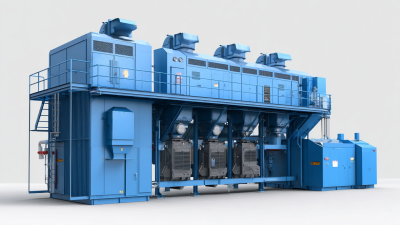
Discover Outstanding Products from China with the Best Reliant Dust Collector 720 for Global Buyers
-

Understanding the Versatility of 3 In 1 PTFE Lubricant: How It Enhances Performance Across Industries
-
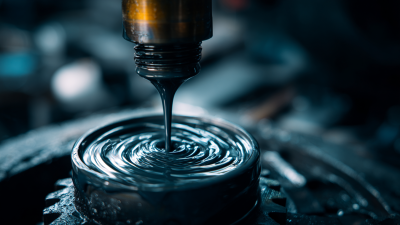
How to Choose the Right Grease Lubricant for Your Industrial Needs
-

2025 Trends in Woodworking: The Ultimate Comparison of the Best Miter Saw Dust Collectors
-
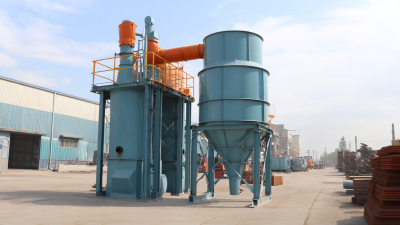
Essential Checklist for Choosing the Right Cyclone Dust Collector Supplier
-
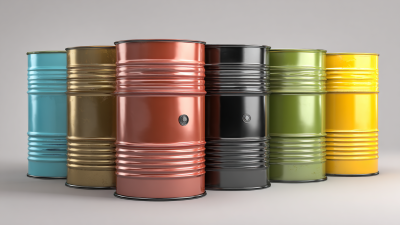
Top Strategies for Choosing the Best Lubricant Oil Can for Your Business Needs
Blog Tags:
